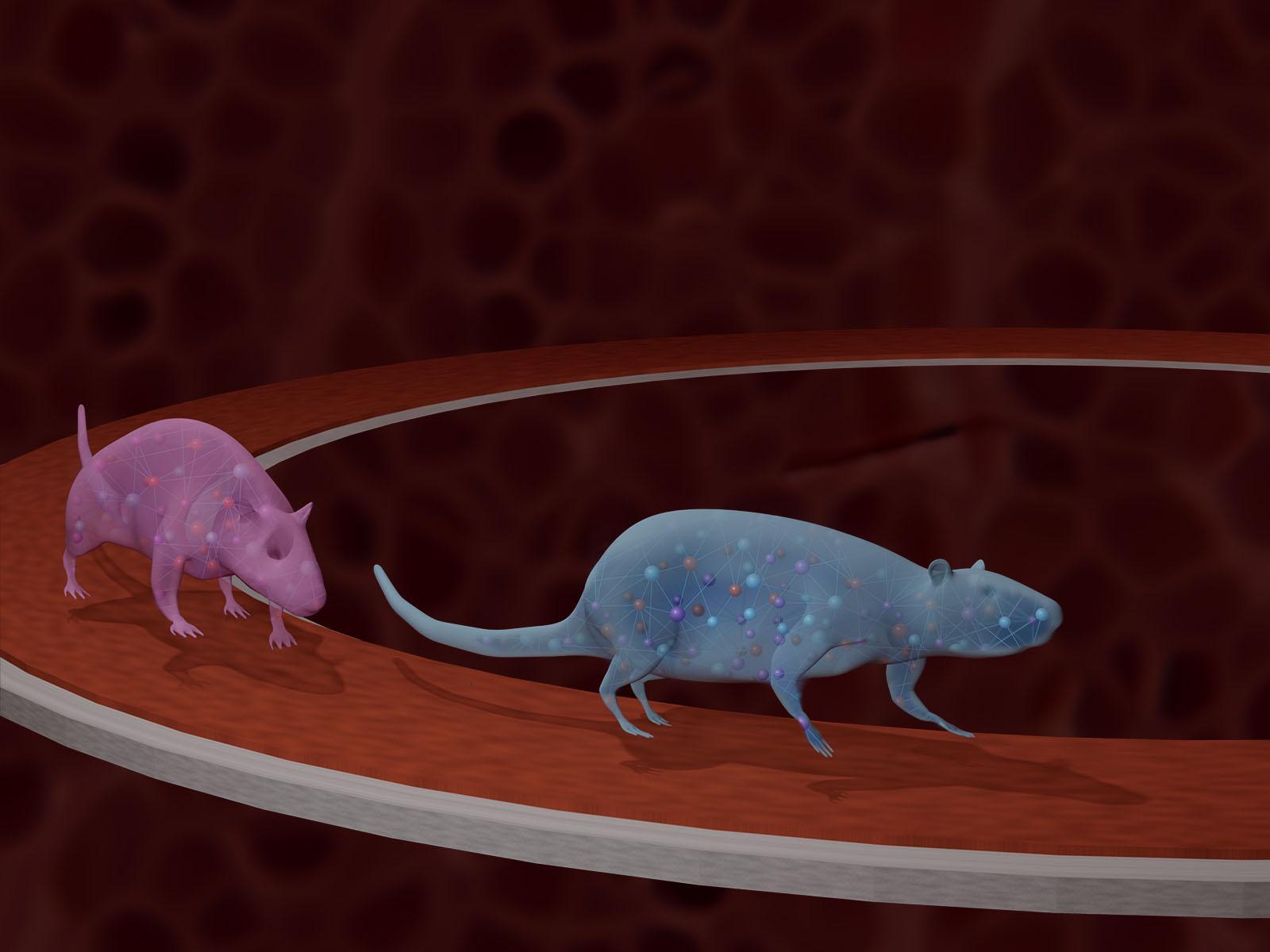In addition, Aidan was diagnosed with heterotaxy syndrome and situs inversus, meaning his internal organs were flipped — they were developing on the opposite side of the body from where they normally sit. His heart, which usually sits just slightly left of the center of the chest, was actually slightly to the right. He also had pulmonary atresia, in which the valve that controls blood flow from his heart to the lungs didn’t form. Shortly after learning this news, the Marcus family was referred to Bret Mettler, M.D., director of pediatric cardiac surgery and co-director of the Blalock-Taussig-Thomas Pediatric and Congenital Heart Center at Johns Hopkins Children’s Center.
“Even before he was born, we knew Aidan would require surgery for single ventricle heart disease, but we needed to wait for his clinical presentation after birth,” Mettler says. “Oftentimes with complex congenital heart disease, we diagnose the specific abnormality in the womb, but surgical intervention is tailored to both the anatomy and the physiology after birth.”
After months of monitoring, Aidan was born in August 2021. He was breathing on his own, and Ambar was relieved to finally be able to hold her son. But Aidan soon began having difficulty breathing, and he required the support of additional oxygen. Before he could have surgery, Aidan needed to grow. In order to allow his heart to provide extra blood flow to his lungs prior to his surgery, just a week after birth, Aidan had a catheterization procedure to keep open his patent ductus arteriosus, a blood vessel found in babies that typically closes just after birth. A month after he was born, Aidan was able to go home, still on oxygen therapy.
Along with his heart condition, doctors soon discovered that Aidan also had a lung disease known as primary ciliary dyskinesia (PCD). His cilia, tiny hairlike structures that move fluids and particles in parts of the body, including the mucus in the airways, do not move properly, making it easier for bacteria and viruses to remain in the airway mucus and cause respiratory infections.
As time progressed, Aidan needed more oxygen, and in December 2021, his family rushed him back to Johns Hopkins Children’s Center. A catheterization procedure confirmed that his condition was indeed worsening — and Aidan wasn’t getting enough blood flow to his lungs. “He was essentially breathing out of one side of his lungs,” Ambar Marcus recalls. To help his lungs, Aidan was intubated, and his open-heart surgery, which the Marcus family had hoped would be delayed a few months, would happen as soon as possible. “That night was the scariest night for us,” Marcus says.
Just a week before his first Christmas, Aidan underwent the Glenn open-heart procedure, a common procedure for babies born with HLHS and other heart conditions. Among the delicate steps of the procedure on an almost 4-month-old, Mettler disconnected Aidan’s superior vena cava from his heart and connected it to the pulmonary artery to allow blood to flow from the upper part of his body to the lungs.
“The surgery enabled Aidan to get much-needed blood to his lungs, which made breathing much easier for him, despite his PCD,” Mettler says.
Aidan was able to leave the hospital two weeks later. He had physical and occupational therapy to gain strength and continue his development, and eventually no longer needed oxygen support. Aidan has routine visits with his cardiologist to monitor his heart, and with his pulmonologist for his PCD. “He has year-round nasal congestion and a chronic cough due to his PCD, but his heart is fine,” Marcus says.
Aidan will need another open-heart procedure when he is about 3 years old, which is typical for children with HLHS, to maintain proper blood flow to his lungs as he and his heart grow.
His family agrees Aidan has already proven how resilient he is. “Where we are now is so different from where we were a year and a half ago,” Marcus says. “He’s overcome obstacles like a champ, and is such a trooper at such a young age. Through those challenges, Johns Hopkins has been the biggest reason why Aidan is here.”
Ambar and Justin Marcus and Mettler are available for media interviews.
February is American Heart Month, a time to raise awareness for conditions affecting the heart, for both adults and children.


